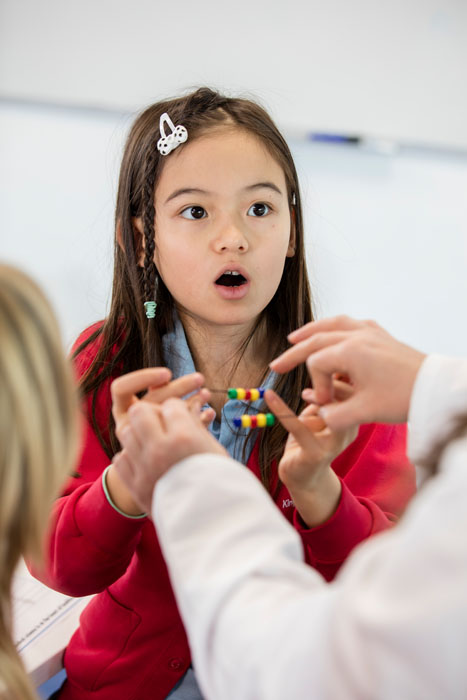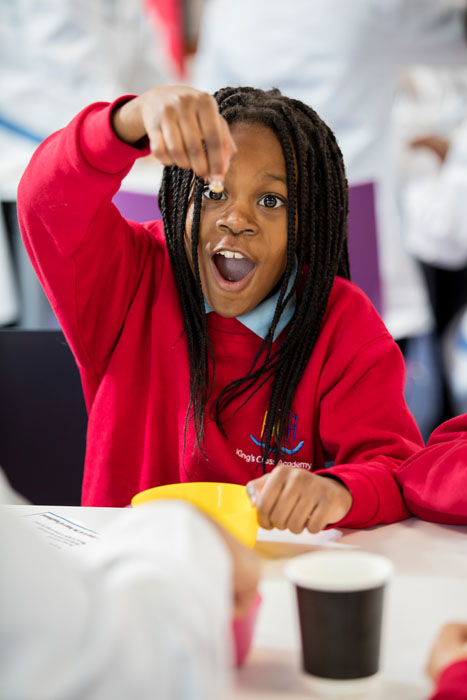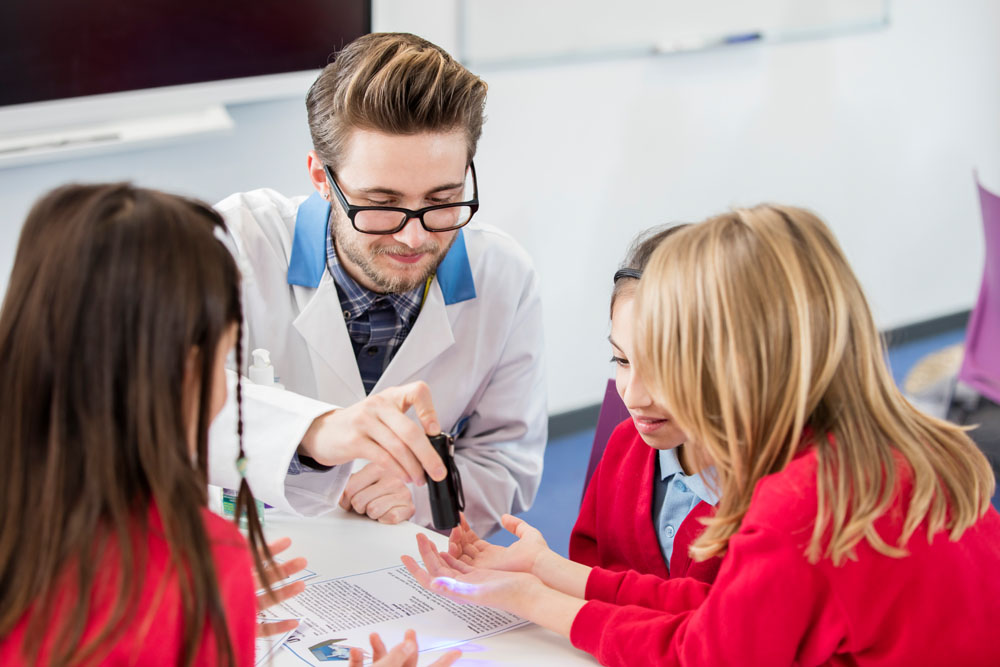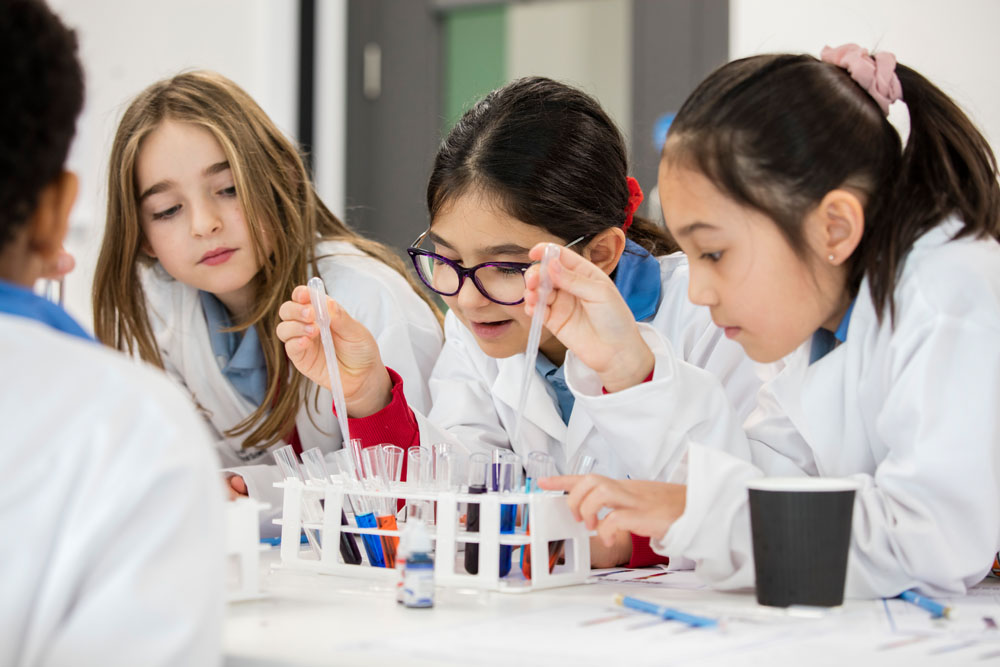Biomedical Science for Children

For National Pathology Week, the IBMS took some of our members to King’s Cross Academy to trial our new activity sheets. Hayley Pincott, Bamidele Farinre, Carol D’Souza, Matthew Burdett and Francis Yongblah had all selected the ‘Public Engagement’ attribute on their IBMS profile so they were approached and asked if they would don their white coats and support the event.
Over the course of the day there were three sessions with twenty children each - which covered all of Year 4. The children had no idea what to expect and most of them were not aware that scientists worked in hospitals. Yet, by the end of the day, all sixty children understood the role of biomedical science in healthcare and we even saw some budding future scientists emerging.
We were there to see if the activity sheets worked. Here's what we learned:
Magnetic Cereal
- Don’t give the children the magnets straight away - they will lose focus. Explain the science and ask lots of questions in the build up: "Can anybody tell me what oxygen is?"
- The group who came before lunch were desperate to eat the Cheerios – so set some boundaries.
- This activity doesn't take as long as the others. The 'active' portion only takes a few minutes so if you are running other activities in the same room take care to do more talking.
- Water helps the cereal stick to the magnets (and the children figure this out) so also aid them in being gentle and not directly touching the cereal in the bowls - so that they can also see the magnetic force affecting the iron in the cereal.
- They loved the activity – one of the groups left calling over “Cheerio” to the cereal table.
UV Hand Washing
- The children’s favourite. It kept them enthralled – seeing the germs on their hands and their friends’ hands. This was where the majority of ‘wows’ came from.
- The special UV gel is quite expensive but it lasts well. We had half of our 500ml left after 60 children had used it twice.
- A UV torch can be used in daylight without any issues and they are quite cheap. However, they can harm retinas so don’t let the children hold them themselves.
- There are multiple hand washing stages so you have to be close to a sink and have plenty of paper towels.
Blood Grouping
- We had not anticipated that the children would love doing the set up just as much as the experiment – dropping the colouring into the tubes and then being impressed when the water filled up the tiny drop with coloured water.
- They also liked this one because they felt like real scientists while they were doing it – using pipettes to mix different colours and linking their actions to the idea of finding out if a blood transfusion would work.
- The activity had to be streamlined in order to keep pace with the 15-20 minute activity switches. We realised that this is more of a 30–40 minute activity when done in full with all the science explained and the table completed.
- The experiment can get messy - be careful with that colouring. We had some blue hands!
- You will need to factor in a few minutes to rinse the tubes at a sink.
DNA Beads

- The activity was popular because the children got to think about their own unique qualities but the real buzz came from the 'take-home' value (they got to keep their bracelets / key-rings).
- The children were more interested in making bracelets than key-rings (they were too young to have their own set of keys).
- Some of the children were a little disappointed with the number of beads on their strings so we let them duplicate their DNA patterns in order to fill them up and wear them around their wrists. You could also consider adding extra genetic details to your table to make the sequences longer.
As you can see from the lovely pictures above, the children had a great time and we've had some excellent feedback from the school. Engaging with young people is a great way to spread the word about the biomedical science at the heart of healthcare and it also open the minds of the workforce of the future.
If you have taken the activity sheets out into the world we would love to see your pictures and hear about your experiences: communications@ibms.org



